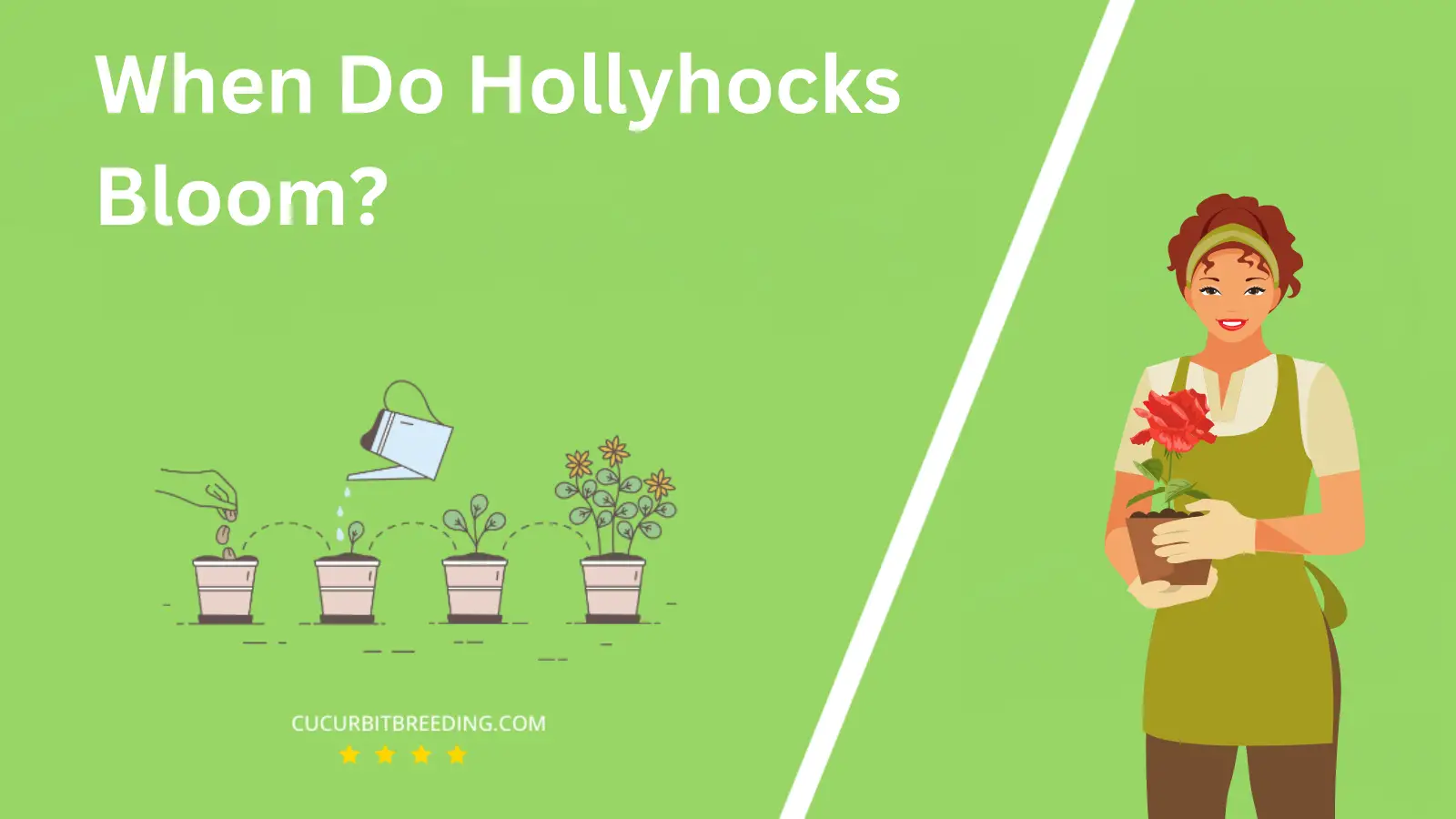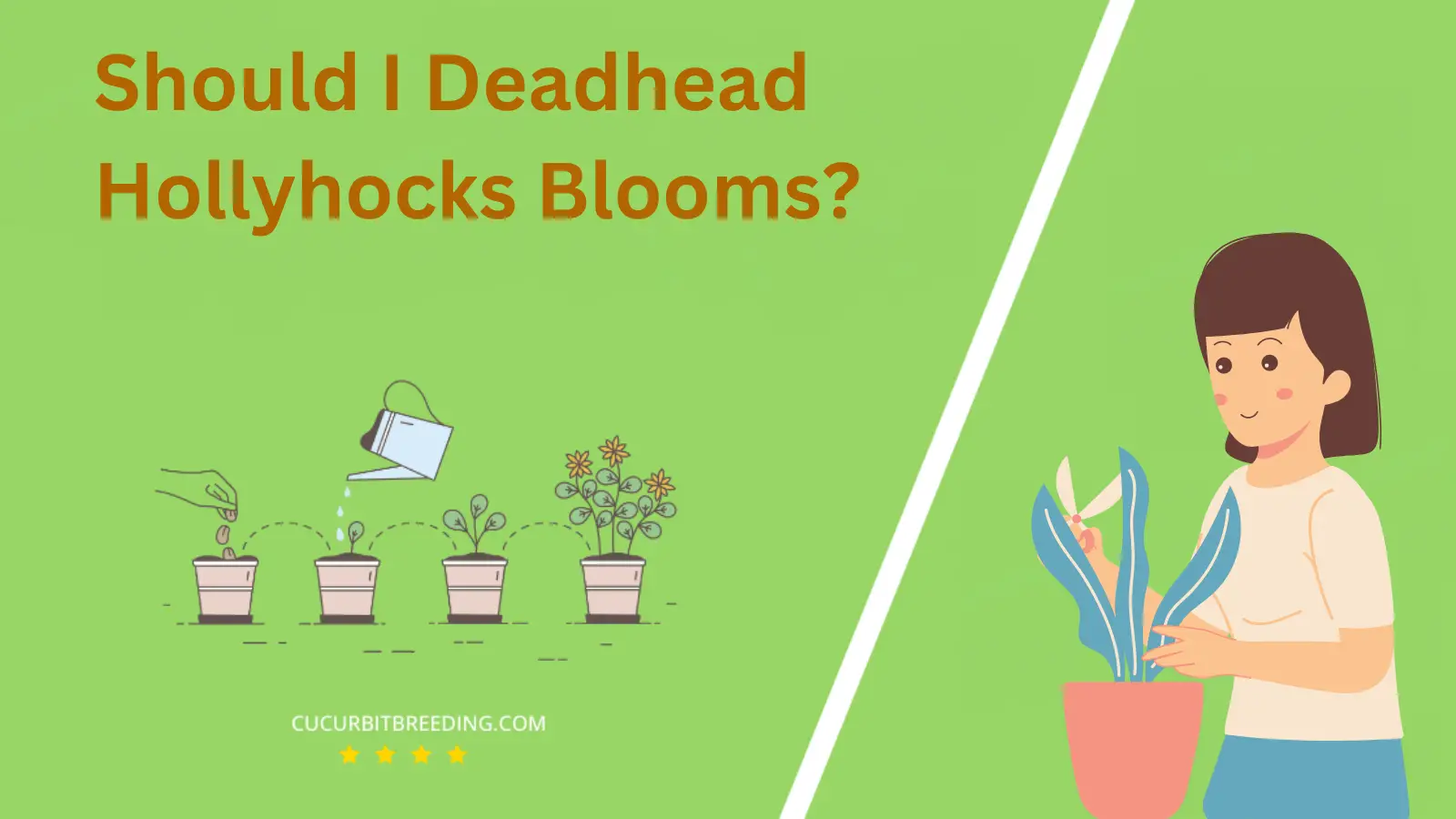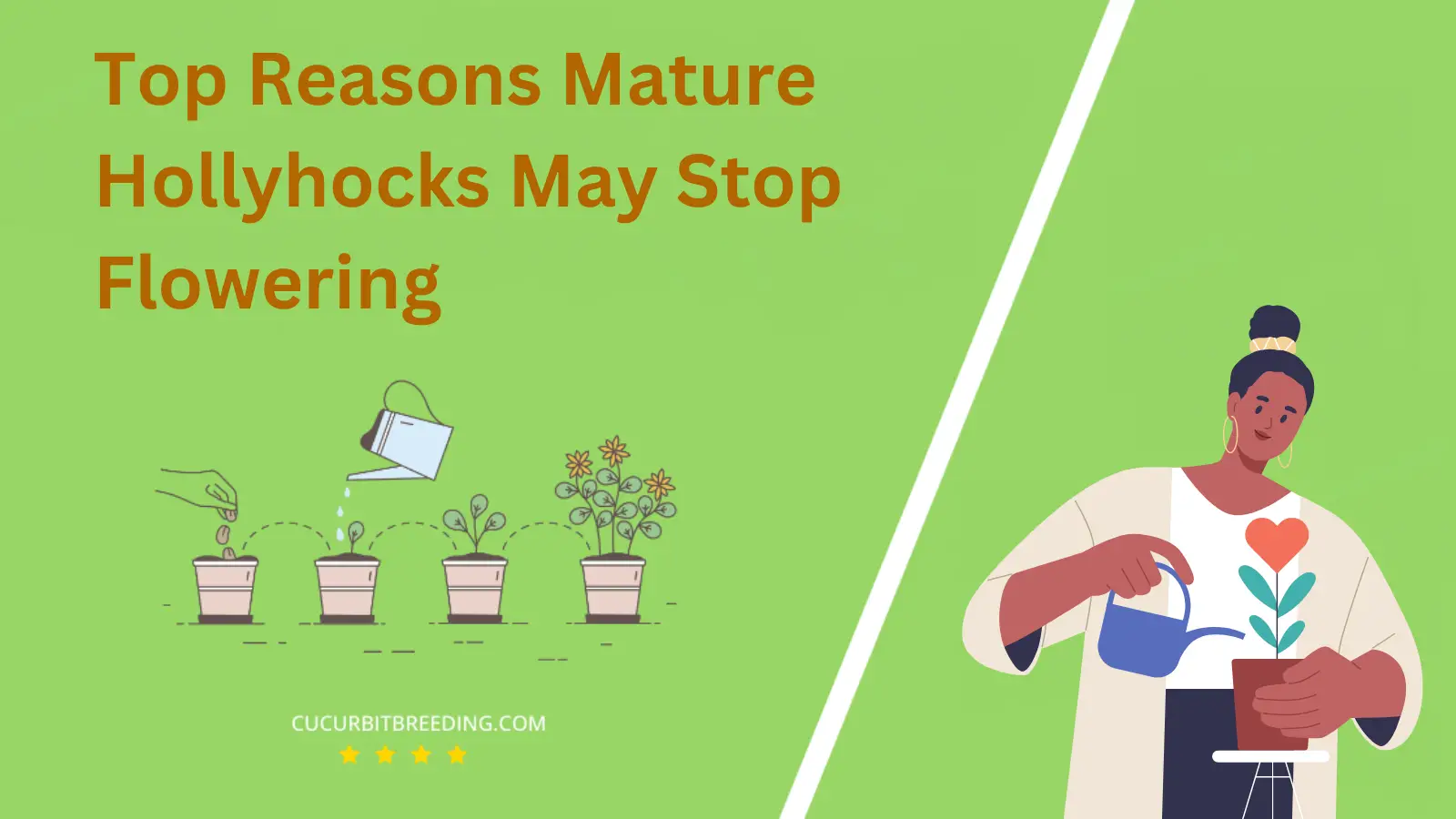
Ever gazed upon a garden and wondered, “When do Hollyhocks bloom?” These towering beauties, with their vibrant, ruffled petals, are a sight to behold when in full bloom.
Aspiring and seasoned gardeners alike are drawn to the captivating charm of Hollyhocks. We’ll delve into their blooming cycle, ensuring your garden is graced with their stunning display.
When Do Hollyhocks Bloom?
Hollyhocks typically bloom in the mid to late summer. They can continue blooming into the fall if the weather remains warm. It’s important to note that the exact timing can vary depending on the specific growing conditions and the particular variety of the plant.
| Stage | Description |
|---|---|
| Germination | Spring to early summer (March-May) |
| Growth | Summer (June-August) |
| Blooming | Summer (June-August) |
| Dormancy | Late fall to early spring (November – March) |
How Long Do Hollyhocks Bloom?
Hollyhocks, scientifically known as Alcea Rosea, typically bloom for a period of 6 to 8 weeks. The flowering phase usually starts in mid-summer, often extending well into the fall, offering gardeners a long display of vibrant flowers. However, it’s crucial to note, the exact duration of bloom can slightly vary based on the specific variety of hollyhocks and the climatic conditions.
Although hollyhocks are biennial plants, meaning they typically complete their life cycle in two years, some gardeners trick them into blooming in their first year by starting the seeds indoors early. Known as ‘forcing’, this technique can make hollyhocks effectively behave like annuals, providing a year-long splash of color.
How Light Affects Hollyhocks Blooms?
The amount and quality of light profoundly impact the blooming of Hollyhocks. Hollyhocks (Alcea rosea) need full sunlight for optimal blooming. Ideally, they should get at least 6 to 8 hours of direct sunlight each day. Insufficient light exposure can make the hollyhocks spindly, causing them to grow taller as they stretch towards the light.
On the other hand, too much intense, direct sunlight can be damaging. In regions with very hot, dry summers, some afternoon shade can help protect the blooms. In particular, it can prevent the flowers from bleaching and wilting under harsh sunlight. Therefore, light affects both the growth and flowering of hollyhocks.
Will Hollyhocks Bloom the First Year You Plant Them?
Hollyhocks, typically, do not bloom in their first year of planting. They are biennial plants, which means they spend their first year focusing on growth – primarily leaf growth – and then bloom in their second year. After blooming, they often self-seed, which can give the illusion of them being perennials, as new plants may bloom in the following years.
Will Hollyhocks Bloom Every Year?
Hollyhocks, scientifically known as Alcea Rosea, are biennial plants, which means they typically do not bloom every year. During their first year of growth, they focus on producing hearty foliage. It’s in their second year that they produce their iconic tall spikes of colorful blooms. After blooming, they typically set seed and die. However, they self-seed prolifically, which often gives the illusion of them blooming annually.

Should I Deadhead Hollyhocks Blooms?
Yes, you should deadhead Hollyhocks blooms. Deadheading, or removing spent blooms, encourages the plant to produce more flowers. It also prevents the plant from putting energy into seed production, which can weaken the plant over time. Deadheading Hollyhocks is particularly important because it can help prevent the spread of rust, a common disease for Hollyhocks.
Top Reasons Mature Hollyhocks May Stop Flowering

Mature Hollyhocks may stop flowering due to several reasons. Unfavorable environmental conditions such as inadequate sunlight, poor soil conditions, and improper watering can affect their flowering. Hollyhocks need full sun and fertile, well-drained soil to thrive.
Incorrect pruning practices can also hinder flowering. Hollyhocks should be pruned in late winter or early spring to promote growth and flowering. Cutting them back too severely or at the wrong time can prevent buds from developing.
Pests and diseases are another major factor. Hollyhocks are susceptible to a variety of pests and diseases, including rust, leaf miners, and Japanese beetles. These can damage the plant and reduce or cease flower production.
Lastly, nutrient deficiencies can cause a lack of flowering. If the plant is not getting enough of certain nutrients, particularly phosphorus, it may not produce flowers. Regular fertilization with a balanced plant food can help remedy this issue.